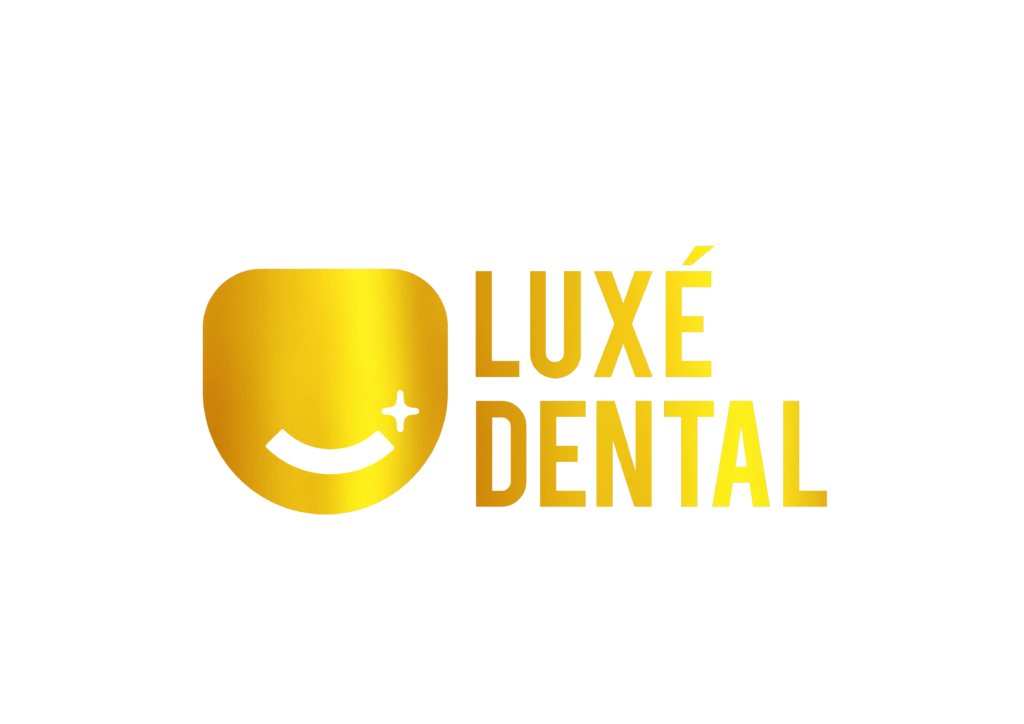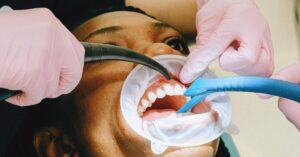Making the decision between Invisalign and braces is pivotal when it comes to orthodontic care. In this detailed blog post, we aim to dissect the variances between these two treatments to equip you with the necessary knowledge for an informed decision.
What is Invisalign?
Invisalign serves as an orthodontic remedy utilizing transparent, removable aligners to straighten teeth. Crafted to fit snugly over your teeth, these aligners are tailor-made. The Invisalign journey commences with a consultation followed by the creation of a 3D treatment plan.
The clear aligners by Invisalign are engineered to exert gentle pressure on your teeth, gradually nudging them into their desired positions. Particularly favored by adults and teenagers, this treatment option offers a discreet and comfortable alternative for orthodontic correction.
The Process of Invisalign Treatment
The journey with Invisalign starts with a consultation with an orthodontist who evaluates your dental condition, bite, and overall oral health. Upon determining your candidacy for Invisalign, a personalized treatment plan is devised.
Your orthodontist will capture digital scans of your teeth, serving as blueprints for a 3D digital model. This model aids in strategizing the movement of your teeth throughout the treatment. Subsequently, you’ll receive a series of custom-made aligners to wear for 20-22 hours daily, only removing them for eating, drinking, brushing, and flossing.
As you progress through the aligner series, your teeth will gradually shift to their optimal positions. Periodic check-ups with your orthodontist are scheduled to monitor your progress and provide you with fresh sets of aligners. Typically, aligners are changed every 1-2 weeks, as per your orthodontist’s guidance.
Pros and Cons of Invisalign
Before opting for Invisalign, it’s vital to grasp the advantages and drawbacks of this treatment option.
Pros:
1. Almost Invisible: Invisalign offers a discreet solution, particularly appealing to those conscious about wearing conspicuous braces.
2. Removable: Aligners can be easily taken out for meals, drinks, and oral hygiene maintenance, simplifying upkeep.
3. Comfortable: Invisalign’s smooth plastic aligners generally offer more comfort compared to metal braces, devoid of sharp edges or brackets that could cause irritation.
4. Fewer Appointments: Invisalign necessitates fewer orthodontist visits since there are no wires or brackets to adjust, making it convenient for individuals with hectic schedules.
Cons:
1. Not Suitable for All Cases: Invisalign may not be effective for severe orthodontic issues necessitating significant tooth movement or bite correction. Braces could be a more fitting alternative in such scenarios.
2. Requires Discipline: Adhering to the prescribed 20-22 hours of daily aligner wear is crucial for successful treatment. Non-compliance could jeopardize the outcome.
3. Potentially Higher Cost: Invisalign often incurs a higher cost compared to traditional braces. However, pricing can vary based on individual treatment plans and geographical location.
Invisalign vs. Braces: A Thorough Comparison
Having covered the fundamentals of Invisalign, let’s juxtapose it with traditional braces to discern the disparities between the two treatments.
Appearance: Invisalign Clear Aligners vs. Metal Braces
Traditional braces employ metal brackets and wires for teeth realignment, which, while effective, are visibly prominent. In contrast, Invisalign’s clear plastic aligners are nearly imperceptible, allowing patients to straighten their teeth discreetly.
Effectiveness: Braces vs. Invisalign
Both Invisalign and braces are adept at addressing various orthodontic issues like crooked teeth, crowding, gaps, and bite irregularities. However, their efficacy hinges on the complexity of the case and the patient’s compliance.
Braces might be preferable for intricate orthodontic cases as they afford orthodontists greater control over tooth movement. Invisalign, on the other hand, is more suited to mild to moderate cases and relies on patient adherence to the prescribed wear schedule.
Cost: Invisalign Aligners vs. Braces
Orthodontic expenses fluctuate depending on factors such as case complexity, brace type, and location. Generally, Invisalign tends to be pricier than traditional braces, although insurance coverage may mitigate costs. Consulting with your orthodontist is crucial for obtaining accurate pricing tailored to your circumstances.
Duration: Invisalign Aligners vs. Braces?
The duration of orthodontic treatment is contingent on case complexity and patient compliance. Typically, Invisalign may yield faster results for mild to moderate cases, with treatment spanning 12-18 months on average. In contrast, braces typically necessitate 18-24 months or more to achieve desired outcomes. It’s essential to note that individual treatment durations vary, with orthodontists providing estimated timelines based on individual needs.
Maintenance: Which is More Manageable?
Both Invisalign and braces entail maintenance to ensure optimal results. Invisalign holds the advantage of being removable, facilitating easier cleaning and oral hygiene upkeep. Cleaning Invisalign aligners involves gentle brushing with a toothbrush and non-abrasive toothpaste after removal.
Braces demand more rigorous cleaning, given the propensity for food particles to accumulate around brackets and wires, heightening the risk of plaque buildup and decay. Patients with braces must diligently brush after meals and utilize special interdental brushes or floss threaders for thorough cleaning around brackets and beneath wires.
Choosing Between Invisalign and Braces: Final Considerations
The choice between Invisalign and braces hinges on individual needs, preferences, and lifestyle. Aesthetic concerns, treatment complexity, cost considerations, and maintenance requirements should all be factored into your decision-making process. Ultimately, selecting the orthodontic treatment best suited to your specific circumstances is paramount for achieving optimal results.
Consultation with Your Orthodontist
To make an informed decision regarding Invisalign or braces, consulting with a qualified orthodontist is indispensable. They will assess your dental condition, provide professional recommendations tailored to your needs, and assist you in selecting the optimal treatment path.
Orthodontic Treatment for Children and Teens
Both Invisalign and braces hold efficacy for children and teenagers, yet age, maturity, and orthodontic requisites influence the treatment selection process.
Age Considerations
Braces can be employed for children as young as seven years old, whereas Invisalign is typically recommended for teenagers with permanent teeth, typically around ages 12-14. Invisalign First offers an option tailored for younger children with mixed dentition, addressing concerns such as crowding, spacing, and bite irregularities.
Maturity and Compliance
Invisalign necessitates responsibility and compliance, as adherence to the prescribed wear schedule is vital for treatment success. Parents should consider their child’s maturity and ability to adhere to treatment guidelines when contemplating Invisalign.
Treatment Complexity
As previously noted, braces may be preferable for complex orthodontic cases necessitating significant tooth movement or bite correction. Collaborating with your child’s orthodontist is imperative to determine the most suitable treatment modality based on their unique requirements.
Conclusion: Invisalign vs. Braces
Ultimately, the choice between Invisalign and braces is contingent on various factors, encompassing aesthetics, treatment complexity, cost considerations, and maintenance requirements. By meticulously researching the pros and cons of each treatment, consulting with an orthodontist, and exploring financing options, you can confidently embark on the ideal orthodontic journey to attain the smile you desire.













